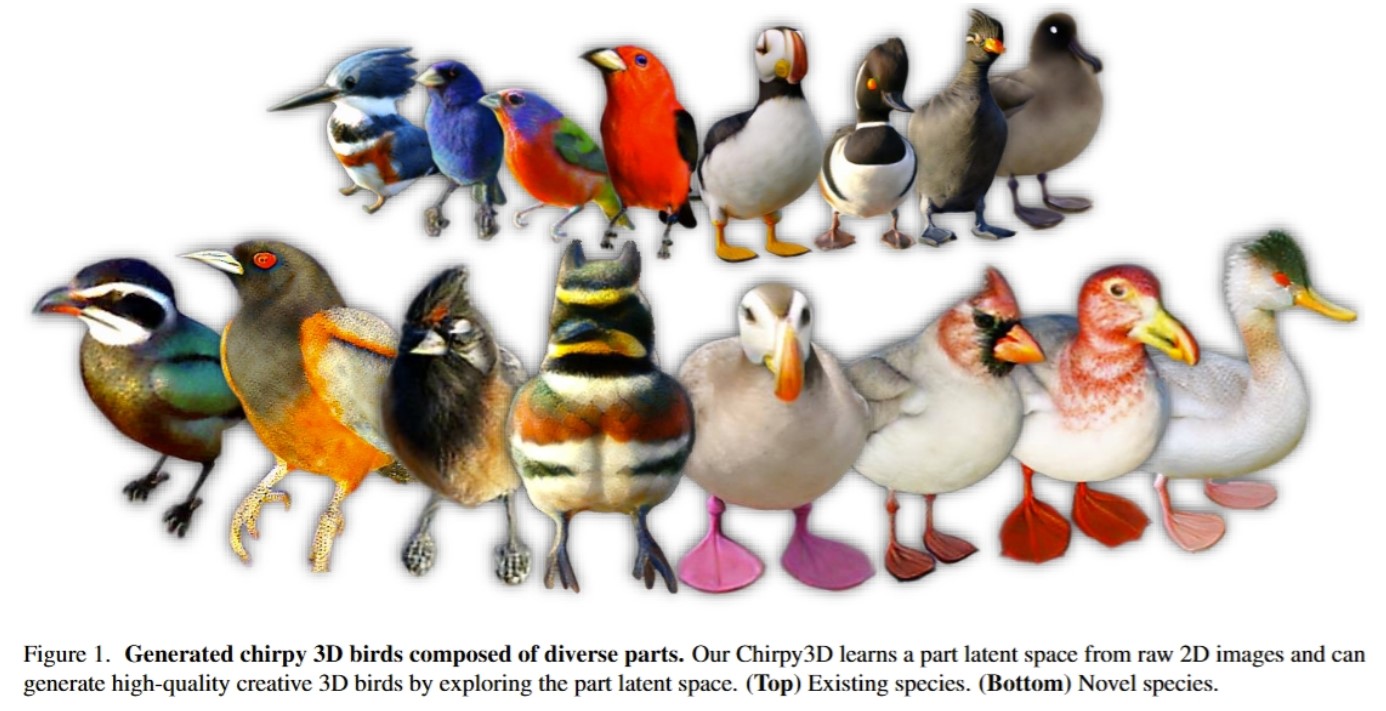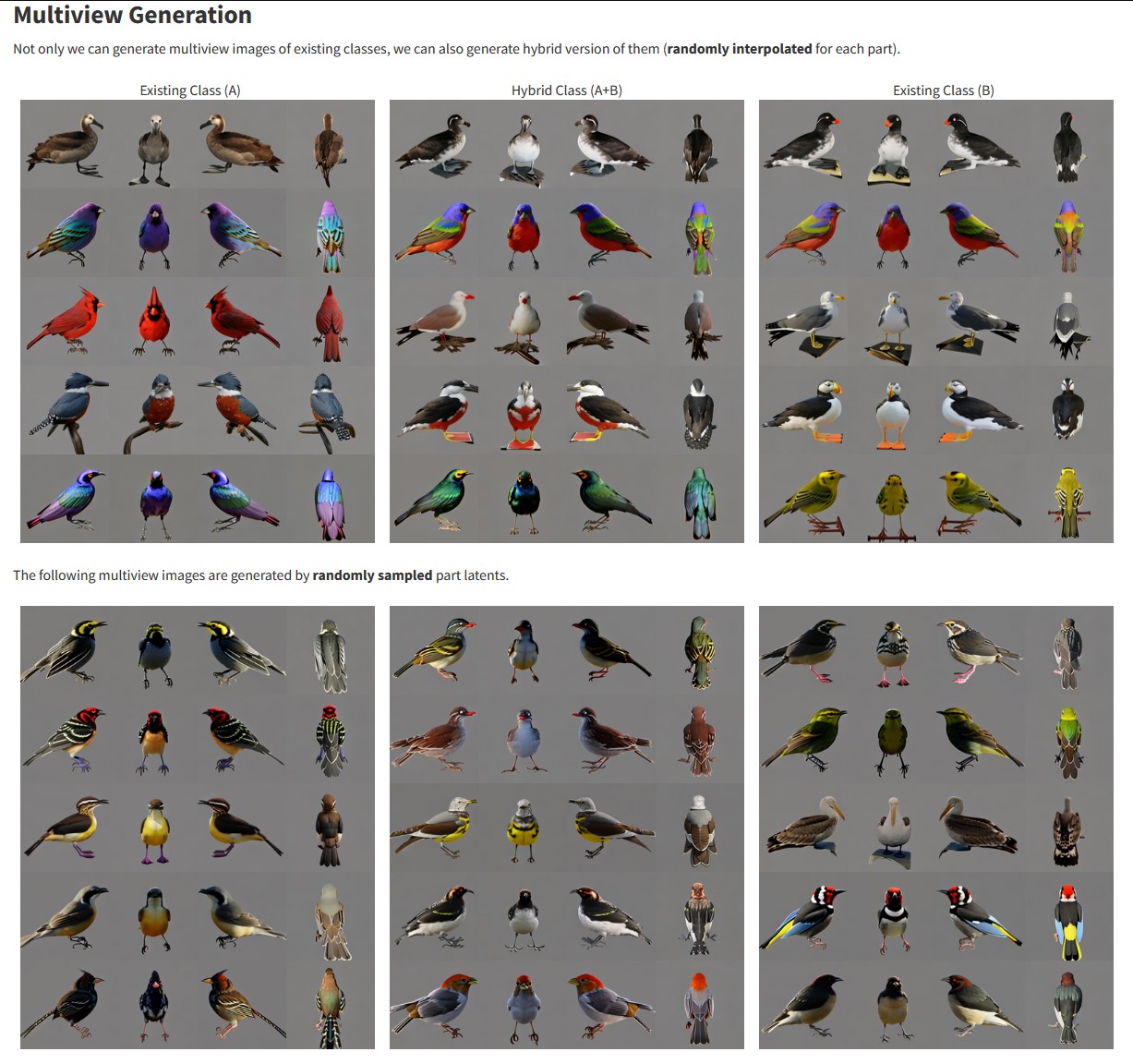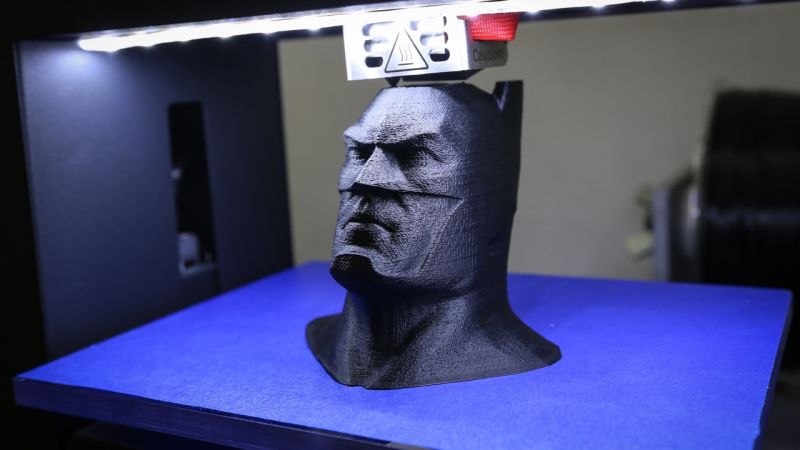RANDOM POSTs
-
-
The 3 Body Problem and the case against Determinism
Read more: The 3 Body Problem and the case against DeterminismIt’s becoming clear that deterministic physics cannot easily answer all aspects of nature, at astronomical and biological level.
Is this a limitation in modern mathematics and/or tools. Or an actual barrier?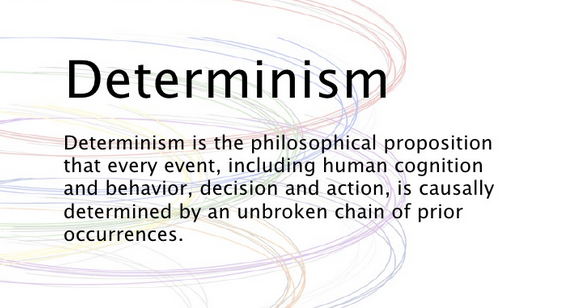
The 𝐓𝐡𝐫𝐞𝐞-𝐁𝐨𝐝𝐲 𝐏𝐫𝐨𝐛𝐥𝐞𝐦 is one of the most enduring challenges in celestial mechanics, addressing the complex motion of three celestial bodies interacting under gravity. Governed by Newton’s laws of motion and the law of universal gravitation, it seeks to predict the paths of the bodies based on their masses, positions, and velocities. While the Two-Body Problem has exact solutions described by Kepler’s laws, introducing a third body leads to a nonlinear system of equations with no general analytical solution. This complexity arises from the chaotic interactions between the bodies, where even minute changes in initial conditions can lead to vastly different trajectories—a key aspect of chaos theory.
Historically, the Three-Body Problem has fascinated some of the greatest scientific minds. Isaac Newton laid its foundation, but it was Joseph-Louis Lagrange and Leonhard Euler who discovered specific cases with periodic or predictable solutions. Lagrange identified the Lagrange points, stable positions where the gravitational forces and motion of the three bodies balance, while Euler found collinear solutions, where the bodies align on a single line periodically. These solutions, though special cases, have profound implications for space exploration, such as identifying stable regions for satellites orbits.
Despite the chaotic nature of the Three-Body Problem, researchers have discovered periodic solutions where the bodies follow repetitive paths, returning to their original positions after a fixed time. In the 1970s, Michel Hénon, Roger A. Broucke, and George Hadjidemetriou identified a fascinating family of such solutions, now known as the Broucke–Hénon–Hadjidemetriou family. These solutions often involve symmetric and elegant trajectories, such as the figure-eight orbit, where three equal-mass bodies chase each other along a shared path resembling the number eight.
Other periodic solutions include equilateral triangle configurations (where the bodies maintain a triangular shape while rotating or oscillating) and collinear periodic orbits (where the bodies periodically align and reverse directions). These solutions highlight the intricate balance between gravitational forces and motion, offering glimpses of stability within the chaos.
While the Three-Body Problem laid the groundwork for understanding gravitational interactions, the study of higher n-body problems reveals the rich and chaotic dynamics of larger systems, offering critical insights into both cosmic structures and practical applications like orbital dynamics. -
Bubblebird-Studio – Free NoiseGenerator
Read more: Bubblebird-Studio – Free NoiseGeneratorhttps://github.com/Bubblebird-Studio/NoiseGenerator
It currently support the following noise models:
Support for Blue Noise is planned.
You can freely use it here: https://noisegen.bubblebirdstudio.com/
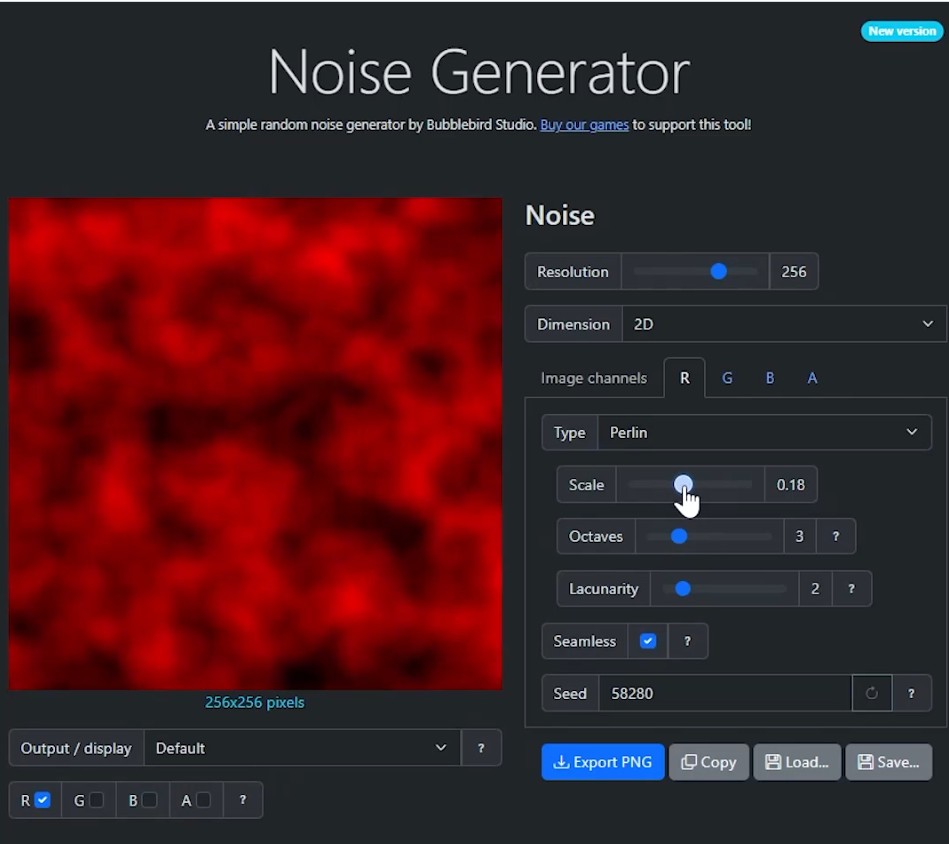
-
The Price Of The VFX Overtime Death March
Read more: The Price Of The VFX Overtime Death Marchvfxsoldier.wordpress.com An article is making the rounds promoting the 40-hour week and explains how long work hours have proven to cost workers and their employers more of their time, their money, and their health.
COLLECTIONS
| Featured AI
| Design And Composition
| Explore posts
POPULAR SEARCHES
unreal | pipeline | virtual production | free | learn | photoshop | 360 | macro | google | nvidia | resolution | open source | hdri | real-time | photography basics | nuke
FEATURED POSTS
-
Decart AI Mirage – The first ever World Transformation Model – turning any video, game, or camera feed into a new digital world, in real time
-
STOP FCC – SAVE THE FREE NET
-
MiniTunes V1 – Free MP3 library app
-
Photography basics: Lumens vs Candelas (candle) vs Lux vs FootCandle vs Watts vs Irradiance vs Illuminance
-
Photography basics: Exposure Value vs Photographic Exposure vs Il/Luminance vs Pixel luminance measurements
-
Methods for creating motion blur in Stop motion
-
Key/Fill ratios and scene composition using false colors and Nuke node
-
NVidia – High-Fidelity 3D Mesh Generation at Scale with Meshtron
Social Links
DISCLAIMER – Links and images on this website may be protected by the respective owners’ copyright. All data submitted by users through this site shall be treated as freely available to share.










